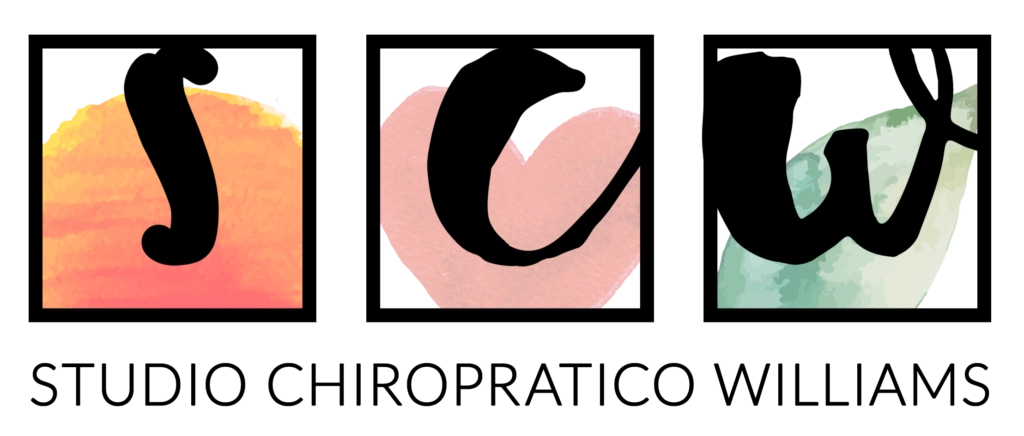If you’ve been diagnosed with a herniated disc in your cervical spine (neck), you might be worried about how to stay active and manage your pain. The good news is that there are specific exercises designed to help alleviate discomfort and strengthen the muscles supporting your neck. These exercises can promote healing, improve flexibility, and help prevent future issues. However, it’s crucial to listen to your body—if any of these exercises cause pain, stop immediately. These movements should stretch your muscles and nerves, not hurt them.
1. Chin Tucks
Chin tucks are an excellent way to strengthen the muscles in your neck and improve posture.
How to do it:
- Sit or stand with your back straight and shoulders relaxed.
- Slowly draw your chin straight back, as if you’re trying to create a double chin. You should feel a gentle stretch at the base of your head.
- Hold this position for 5 seconds, then relax.
- Repeat this exercise 10 times.
Tip: Keep the movement controlled and gentle. You should feel a stretch, but no pain.
2. Neck Extension Stretch
This exercise helps to stretch the muscles in the front of your neck and relieve tension.
How to do it:
- Sit or stand with good posture.
- Slowly tilt your head backward, looking up at the ceiling.
- Hold this position for 5 seconds, then return to the starting position.
- Repeat 5-10 times.
Tip: Don’t force the movement or push beyond your comfort zone. A gentle stretch is all you need.
3. Side-to-Side Neck Stretch
This stretch targets the muscles along the sides of your neck, which can become tight and sore with a cervical herniated disc.
How to do it:
- Sit or stand with your shoulders relaxed.
- Slowly tilt your head to one side, bringing your ear toward your shoulder. Don’t lift your shoulder.
- Hold for 10-15 seconds, then slowly return to the starting position.
- Repeat on the other side.
- Perform 3-5 stretches on each side.
Tip: Keep the movement smooth and avoid bouncing or jerking your head.
4. Upper Trapezius Stretch
The upper trapezius muscles, which run along the back of your neck and shoulders, can become tight with a herniated disc. This stretch helps relieve that tension.
How to do it:
- Sit or stand with good posture.
- Place one hand on the opposite side of your head and gently pull your head toward your shoulder.
- Hold for 15-20 seconds.
- Repeat on the other side.
- Perform 3-5 stretches on each side.
Tip: The stretch should be gentle. If you feel pain, ease off immediately.
5. Scalene Stretch
The scalene muscles, located on the sides of your neck, can also contribute to neck pain. This stretch targets these muscles.
How to do it:
- Sit or stand with your shoulders relaxed.
- Tilt your head to one side and slightly rotate your head, as if you’re looking down toward your armpit.
- Hold this position for 15-20 seconds.
- Repeat on the other side.
- Perform 3-5 stretches on each side.
Tip: This is a subtle stretch. Focus on keeping the movement slow and gentle.
Important Reminder
These exercises are designed to stretch and strengthen the muscles around your cervical spine. They should feel comfortable and not cause pain. If any exercise hurts, stop immediately and consult with your chiropractor or healthcare provider before continuing. Everyone’s body is different, and it’s essential to find movements that work for you without causing further discomfort.
Conclusion
Managing a herniated disc in the cervical spine doesn’t have to mean giving up on physical activity. These exercises can help alleviate pain, improve mobility, and support your recovery. As always, it’s important to listen to your body and perform these exercises with care. Stay consistent, and over time, you may find that your neck feels stronger and more flexible.
